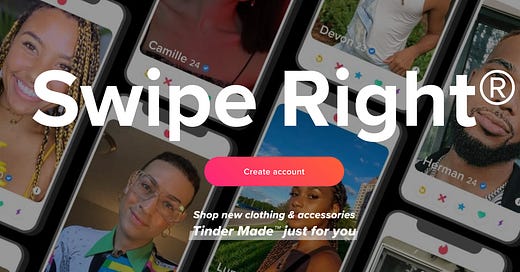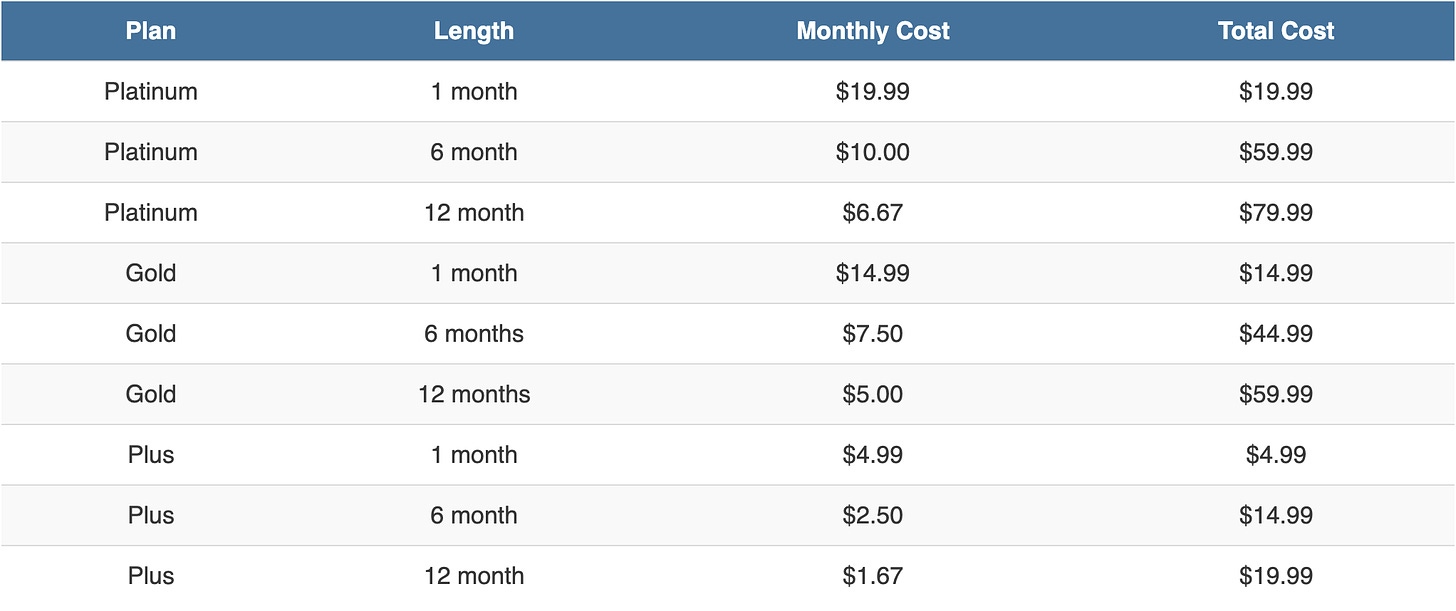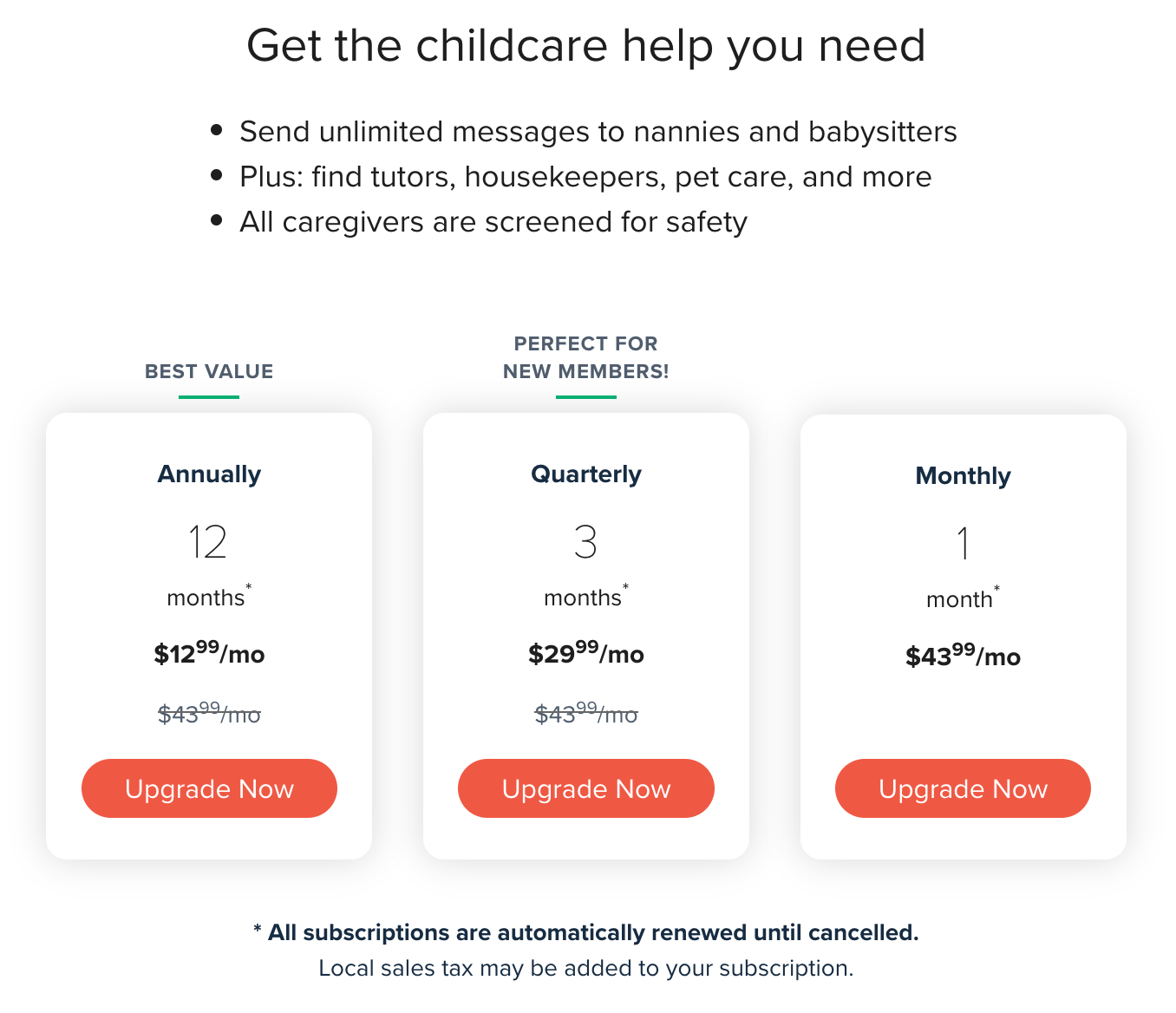Subscriptions aren't for everyone
How payment terms can help awkward subscription products drive revenue.
SaaS Pricing is hard. PricingSaaS is your cheat code.
Monitor competitors, track real-time benchmarks, discover new strategies, and more.
As you’re likely aware, companies love subscriptions. It turns out recurring revenue is pretty cool compared to one-off purchases with no guarantee customers will spend again.
But the thing is — not all products are a perfect fit for the subscription model. It works best for products that continuously add value over time. This inherently means that some products can be an awkward fit.
Specifically, I’m talking about outcome-driven products, or products that help users accomplish something discrete rather than offering ongoing value over time.
Exhibit A: Tinder
When a big part of your mission as a brand is to help people find their soulmate, you are fundamentally opposed to long-term subscriber retention.
In fact, in some cases you should actively celebrate churn (my pal Wilson Sadowski wrote a great post about this idea a few years back).
To be clear, not everyone using Tinder is looking for their soulmate — but many are. So what can Tinder do if subscriptions are an awkward fit for their business?
Enter payment terms (AKA offering different prices depending on the length of a buyer’s commitment).
Here’s a breakdown of Tinder’s plans for users under the age of 30 (we can get into whether Tinder’s age-based pricing is predatory another time):
As you can see, Tinder differentiates pricing based on how long a user signs up for, ensuring they can lock in extra revenue for subscribers that don’t commit for the long haul.
Match Group CEO Bernard Kim wrote a letter to shareholders last August that promised new subscriptions, including another short-term option, so it seems like this strategy is here to stay.
While payment terms help Tinder lock in extra revenue from short-term subscribers, there’s still a big challenge:
Tinder’s term lengths don’t naturally align with their buyer personas (someone who wants to be single forever might sign up for a year up front, but there’s not really a natural persona for the 3-month or 6-month term (it’s hard to tell how long it might take to find your soulmate).
Since offering different prices for different term lengths can feel sketchy, it helps if your term lengths feel intuitive to buyers with different needs.
Which brings us to our next example.
Exhibit B: Care.com
Care.com is a marketplace designed to help new parents find childcare, and has built a reputation (at least in my neck of the woods), as the go-to place to find a nanny.
It’s not lost on me that the flow of this post is essentially the app store’s version of “first comes love, then comes marriage, then comes the baby in the baby carriage,” but that’s pretty much where I’m at in my life, so here we are 🤷♂️.
The thing about helping parents find childcare, is you know you won’t be retaining customers for the long haul. Regardless of whether a parent finds a nanny or babysitter on the platform, they’re going to take the relationship offline eventually (who wants to pay through an app when you can pay in person with no intermediary?)
As a result, Care.com knows many customers will leave shortly after signing up, resulting in pricing that looks like this:
While it might seem messed up for Care.com to charge a 3x premium just because someone signs up for one month instead of a year, the fact that they’re helping users solve one of their biggest needs in life gives them serious pricing power.
Plus, there are a few distinct personas that fit well with each payment term:
Monthly: Perfect for a parent that has already used Care.com before, and needs to find a new nanny/babysitter ASAP for one reason or another.
Quarterly: Great for new parents that haven’t used Care.com before, don’t know what to expect, and could use extra time to figure it out.
Annually: Ideal for parents with fluctuating childcare needs, that don’t necessarily know what they’ll need months down the road.
Both Tinder and Care.com are helping users solve life’s big challenges, which gives them more leeway with this strategy. It also helps that they’re really good at their jobs (Tinder influences more engagements than Hinge or Bumble, and Care.com is the go-to place to find long-term childcare).
Long story short, if you’re going to offer different prices for different payment terms, you better deliver on your brand promise. If you don’t, you may end up with a mismatched payment model and some angry customers.






